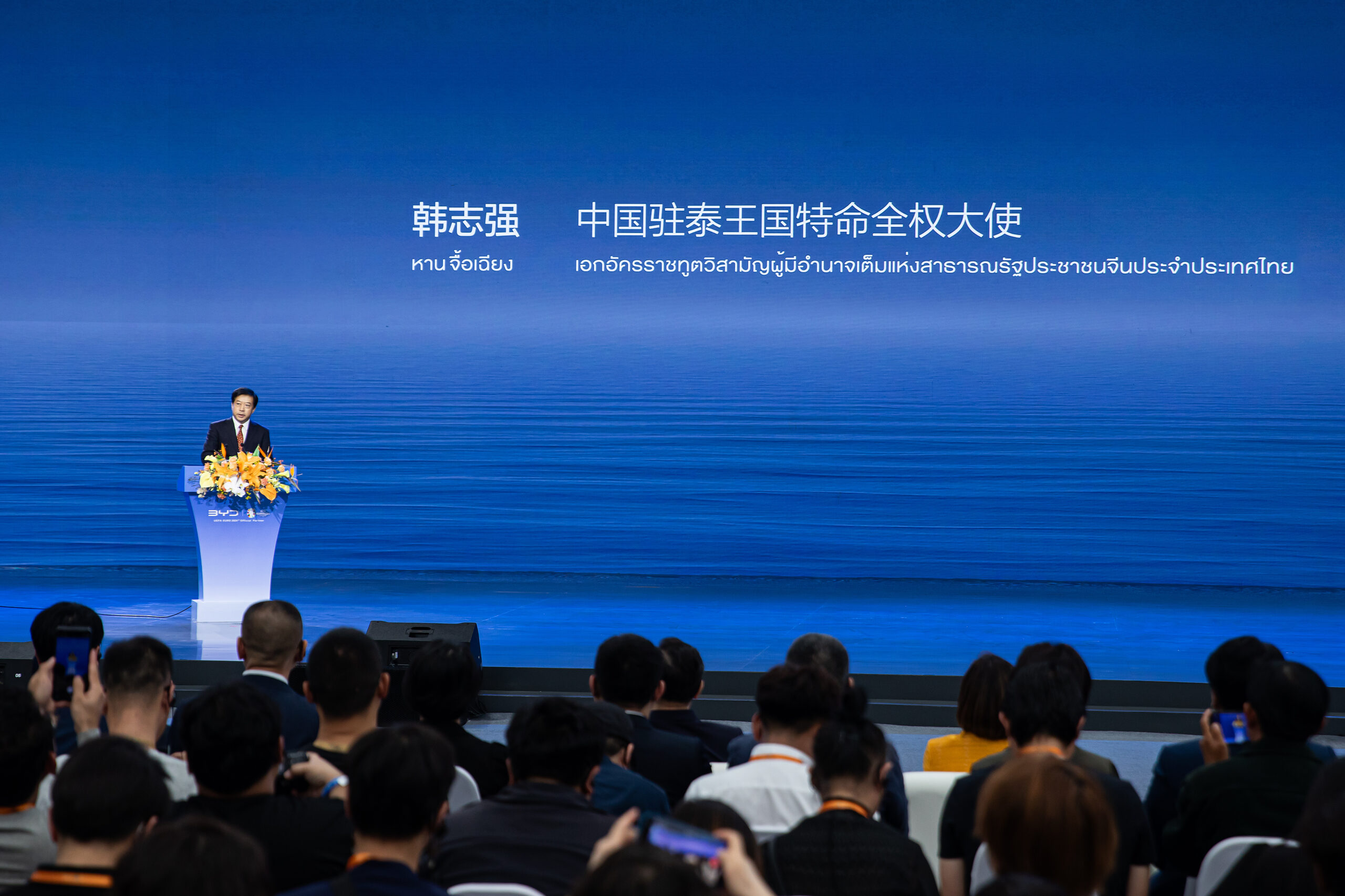
The giant package delivery company DHL Express is starting to electrify, and that means it needs charging stations. How many? 10? 20? 50? How ambitious is DHL Express right now, and how much is it just testing the waters or looking for good PR? Well, the news is that it just got 415 charging stations installed by PowerFlex.
Note that these are not fast chargers. In this case, we’re talking about Level 2 chargers. These are for charging at home base, the vehicle depot, or using the company’s own terms, “DHL service center facilities.” They do explain in the press release that this makes the most sense for their charging needs in order to minimize cost without sacrificing usability and also because it will allow for easier expansion as they are ready to add more. Normally, this kind of thing isn’t discussed in such news releases, but it’s an important point that more companies could perhaps benefit from hearing — fast chargers are helpful when your vehicles really need to charge ASAP and get back on the road, but even in the case of a logistics fleet, they sit parked so much of them time that Level 2 chargers are often the ideal choice.
The company is looking to learn and adapt as it gets deeper and deeper into the electric vehicle revolution. Thus, these chargers “are equipped with PowerFlex X, energy management software that monitors, tracks, and reports on charging activities, integrating with DHL’s telematics platforms to optimize Electric Vehicle Supply Equipment (EVSE) operations.”
The company also notes that it was the first logistics company to target zero emissions. (I don’t recall if that’s true, but I assume it must be.) “Fleet electrification is one of the many strategies we’ve deployed to reduce our carbon footprint as we work toward our goal of zero-emissions. We selected PowerFlex to complete our EV charging stations because of their deep industry experience that helped us find a creative solution to meet our EV fleet charging needs. We look forward to scaling up our EV fleet and ensuring reliable, eco-friendly deliveries to our customers.” Sounds good!
The companies also note how the smart software helped them get more chargers in. “PowerFlex L2 chargers are equipped with Adaptive Load Management (ALM), intelligent energy management software that balances the power usage across the network of chargers to minimize expensive spikes in energy demand. With ALM, DHL was able to install double the number of chargers in comparison to unmanaged charging with the same power limit and onsite utility infrastructure. Additionally, by mitigating spikes in energy demand, ALM is the grid-friendly EV charging technology that helps prevent overtaxing the existing electricity grid.”
Featured image courtesy of DHL Express.
I don’t like paywalls. You don’t like paywalls. Who likes paywalls? Here at CleanTechnica, we implemented a limited paywall for a while, but it always felt wrong — and it was always tough to decide what we should put behind there. In theory, your most exclusive and best content goes behind a paywall. But then fewer people read it! We just don’t like paywalls, and so we’ve decided to ditch ours. Unfortunately, the media business is still a tough, cut-throat business with tiny margins. It’s a never-ending Olympic challenge to stay above water or even perhaps — gasp — grow. So …
Sign up for daily news updates from CleanTechnica on email. Or follow us on Google News!
Have a tip for CleanTechnica, want to advertise, or want to suggest a guest for our CleanTech Talk podcast? Contact us here.
Former Tesla Battery Expert Leading Lyten Into New Lithium-Sulfur Battery Era:
CleanTechnica uses affiliate links. See our policy here.




